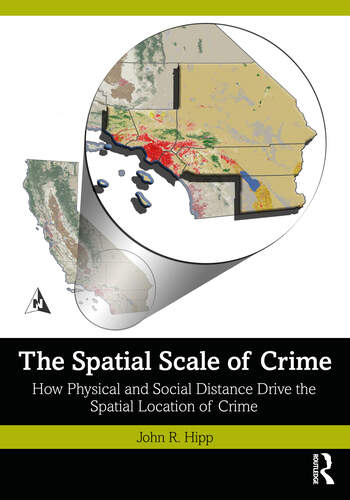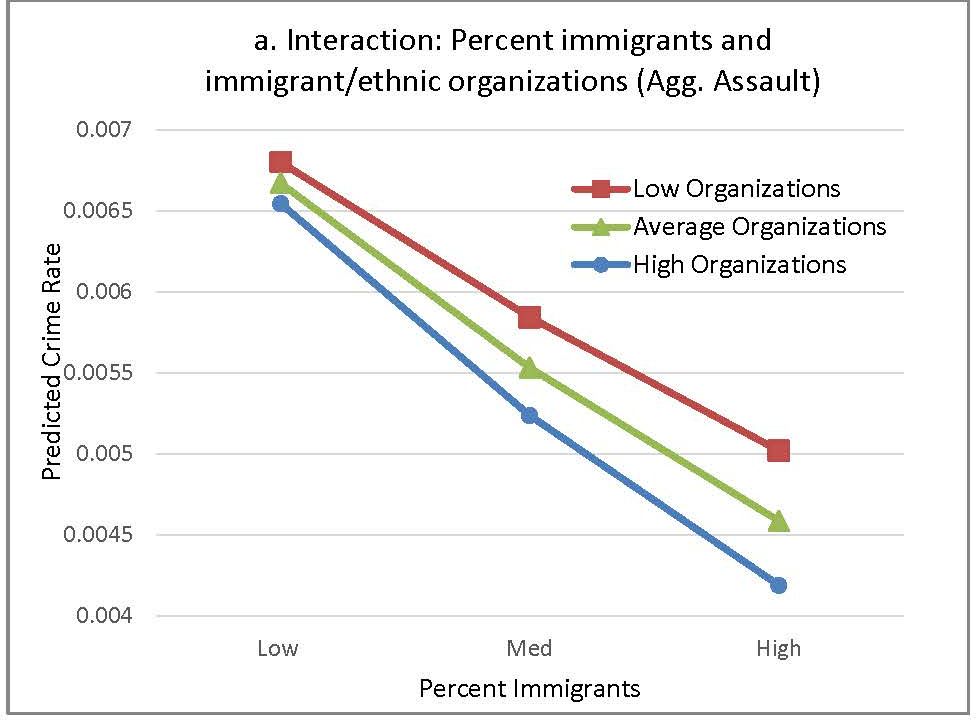Lab co-director Dr. John R. Hipp has released a new book. In it he notes that a characteristic of many crime incidents is that they happen at a particular spatial location and a point in time. These two simple insights suggest the need for both a spatial and a longitudinal perspective in studying crime events. The spatial question focuses on why crime seems to occur more frequently in some locations than others, and the consequences of this for certain areas of cities, or neighborhoods. The longitudinal component focuses on how crime impacts, and is impacted by, characteristics of the environment. This book looks at where offenders, targets, and guardians might live, and where they might spatially travel throughout the environment, exploring how vibrant neighborhoods are generated, how neighborhoods change, and what determines why some neighborhoods decline over time while others avoid this fate.
—WINNER of the 2023 James Short Senior Scholar Award for best book or paper published, from the Division of Communities and Place in the American Society of Criminology—
Read more about the book from Dr. John R. Hipp here.
[Read more…] about Lab publication: Book on The Spatial Scale of Crime
